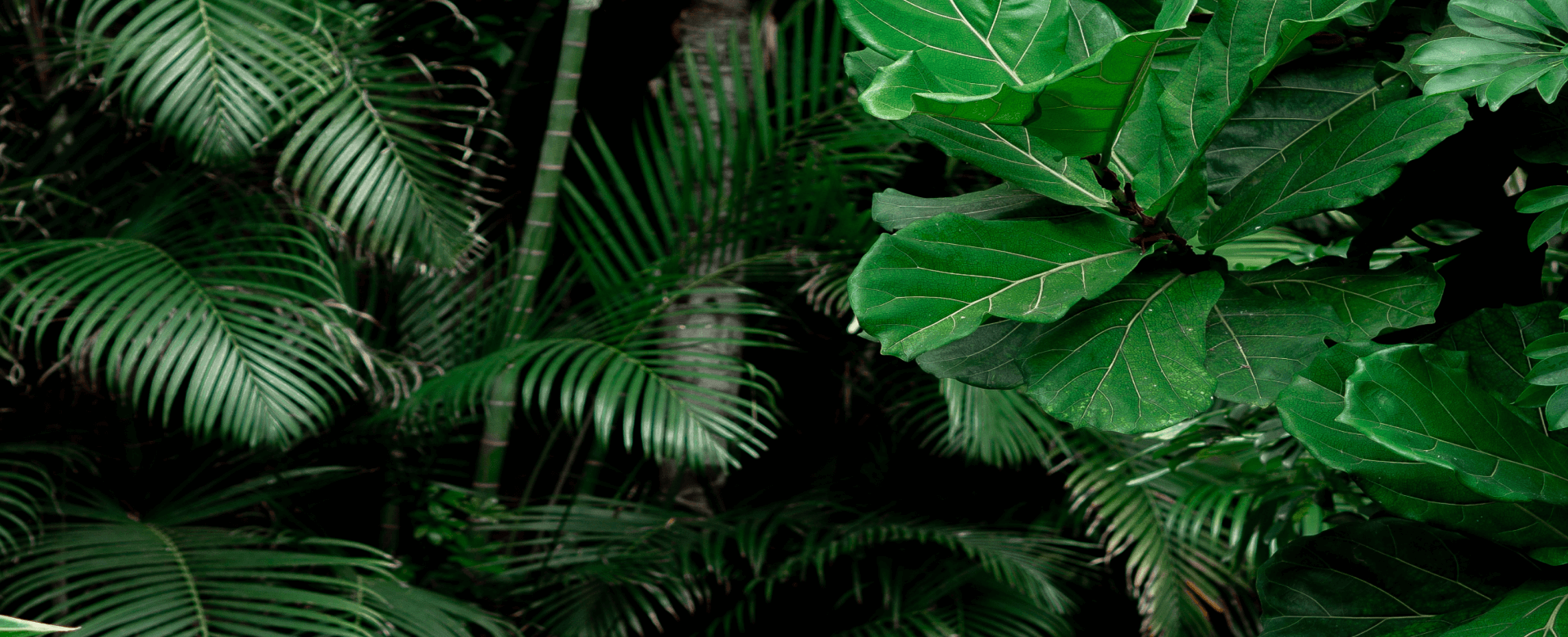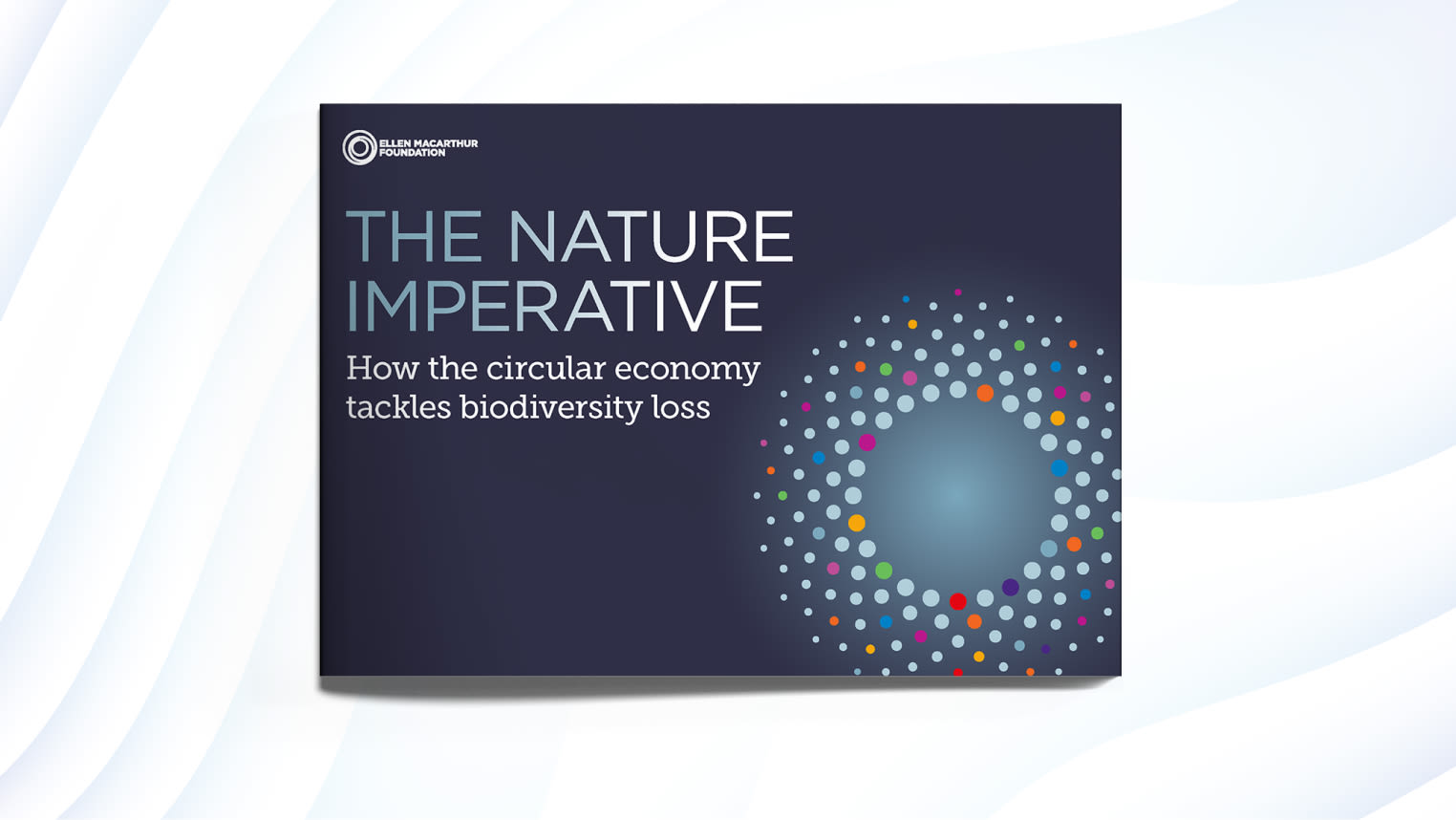Today the Foundation launches its first biodiversity study ‘The Nature Imperative: How the circular economy can tackle biodiversity loss’ which explores the links between biodiversity and the circular economy.
Abundant biodiversity is fundamental to healthy ecosystems and life on our planet. However, biodiversity is being lost at an unprecedented rate, threatening our global economic and human wellbeing. More than 90% of biodiversity loss is due to the extraction and processing of natural resources – a result of today’s degrading, wasteful, and polluting linear economylinear economyAn economy in which finite resources are extracted to make products that are used - generally not to their full potential - and then thrown away ('take-make-waste').. Our latest study, ‘The Nature Imperative: How the circular economy can tackle biodiversity loss’’ explains how the circular economycircular economyA systems solution framework that tackles global challenges like climate change, biodiversity loss, waste, and pollution. It is based on three principles, driven by design: eliminate waste and pollution, circulate products and materials (at their highest value), and regenerate nature. can help us to halt and reverse biodiversity loss, and support conservation efforts to bend the curve towards a nature-positive future.
The circular economy has an important role to play, transforming the way we make and use products and food to significantly reduce biodiversity loss.
Eliminate waste and pollution - to reduce threats to biodiversity
Circulate products and materials - to leave room for biodiversity
Regenerate nature - to enable biodiversity to thrive
The study deep dives into the role of 4 sectors - Food, the Built Environment, Plastics and Fashion. SharingSharingThe use of a product by multiple users. It is a practice that retains the highest value of a product by extending its use period. compelling ways for business and policymakers to accelerate the shift towards the circular economy and a nature-positive system.
The transformation is already underway – read the study to explore leading examples from around the world, where circular economy solutions are being used to meet biodiversity and climate ambitions.





